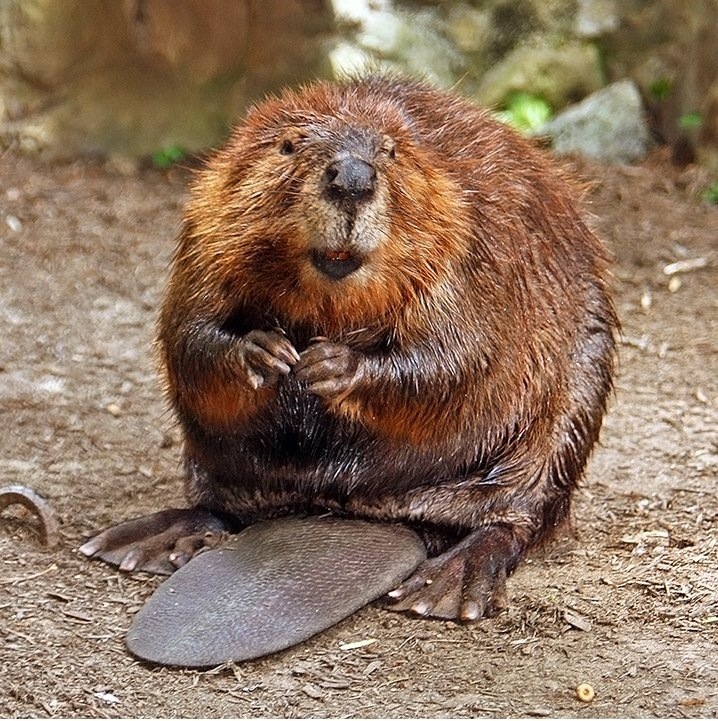22 July 2013
Busy beavers capture carbon
Posted by mcadams

Organic matter, such as leaves, stems, and soil, collects and sinks to the bottoms of ponds and marshes created by dams built by North American beavers like this one, making beaver habitat a carbon reservoir. Photo by Steve @ http://www.flickr.com/photos/sherseydc/
By Thomas Sumner
A few environmental problem-solvers have proposed drawing carbon out of the air and burying it to reduce greenhouse gasses and curb climate change. Maybe they could take some tips from nature’s own geoengineers – beavers – which have been sequestering carbon for thousands of years in the ponds and meadows created by their dams. A new study finds that, due to decreasing populations, much less carbon is getting tucked away by beavers than in the past.
Ellen Wohl, a geoscientist at Colorado State University, Fort Collins, tromped down the waterways of Rocky Mountain National Park in 2010 and 2011 to find out exactly how much carbon beavers were storing in their ponds. “It was just one old dam after another,” she said.
Wohl then studied maps of the region and, treating her measurements of existing beaver habitat as a rough average, estimated how much carbon would be stored in the park’s beaver meadows as a whole, if all of them were still maintained by the industrious rodents.
What she found surprised her: The beaver meadows – existing and defunct together – would have held 23 percent of the total carbon in the 177,000 acres she studied. “That’s pretty impressive since the meadows are only maybe 1 or 2 percent of the total landscape,” said Wohl.
A scientific paper by Wohl describing her new findings has been accepted for publication in Geophysical Research Letters, a journal of the American Geophysical Union.
Few beavers currently reside in the park. After wolves were hunted to extinction in the 1920s, the park’s elk population exploded. The elk feast on the aspen and willow trees beavers rely on for nourishment and construction material. The lack of suitable trees essentially knocked beavers out of the ecosystem.
Beavers modify their environments more than any other creature in nature, creating habitats for other animals and plants. Without their caretakers to maintain them, beaver meadows convert to what Wohl calls elk grasslands. According to Wohl, these shrubby grasslands hold just a third the carbon of the wet beaver meadows. The total loss of carbon storage in the region she studied from beaver meadows becoming elk grasslands was nearly 2 million tons—equivalent to the amount of carbon released each year from about 350,000 cars.
“I think of these active beaver meadows as hotspots of carbon storage in the landscape,” said Wohl. “When the beavers are removed, you lose that storage: the dams break and the landscape changes.”
In the future Wohl hopes to study other impacts of beaver meadows on greenhouse gasses, such as the methane produced by bacteria living in the water. Rocky Mountain National Park plans to reduce the elk population by restricting breeding, but currently has no plans to reintroduce beavers to former habitat.
– Thomas Sumner is AGU’s science writing intern


 GeoSpace is a blog on Earth and space science, managed by AGU’s Public Information staff. The blog features posts by AGU writers and guest contributors on all sorts of relevant science topics, but with a focus on new research and geo and space sciences-related stories that are currently in the news.
GeoSpace is a blog on Earth and space science, managed by AGU’s Public Information staff. The blog features posts by AGU writers and guest contributors on all sorts of relevant science topics, but with a focus on new research and geo and space sciences-related stories that are currently in the news.